
Benefits of a cab-chassis over a pick-up

Matt Campbell
The ute you choose should be the one that suits your needs, and not anyone else's.
This can be complex - you’re not just swiping away on Tinder when it comes to choosing a new ute. Your purchase could be the start of a beautiful, fulfilling relationship, one that you’ll cherish for years - or maybe even a lifetime. Hang on - maybe it is just like Tinder…
You need to make sure it hits the target on a few different levels. Here’s a breakdown of some of the most important considerations if you’re in the market for a new rig.


Matt Campbell


Matt Campbell


Matt Campbell


Matt Campbell


Matt Campbell


Matt Campbell


Matt Campbell


Matt Campbell


Matt Campbell


Matt Campbell


Matt Campbell


Matt Campbell


Matt Campbell


Matt Campbell
You want your work ute to be dependable, but you also don’t want it off the road a few times a year just for routine maintenance.
If you travel a lot for work, then a vehicle with six-month/10,000km service intervals is going to be a huge pain for you. Scrub the HiLux off your list if that’s you.
Most utes have 12-month/15,000km service schedules, and many have long-lasting capped-price servicing plans. Do heaps of kays? The Nissan Navara has 20,000km maintenance intervals, but there is only six years/120,000km of capped-price maintenance.
Mitsubishi has a 10-year capped price plan, and if you service your Triton with an authorised dealership, you will also score up to 10 years of warranty (up to 200,000km).

Size really does matter. Driving a work ute that doesn’t have either enough space inside the cabin, or enough tray space for the stuff you need to take with you, is something you will grow to hate more and more.
A dual-cab ute, for that very reason, seems like the right compromise. But in many instances, it might not be right for your work requirements.
If you will always need to drive workmates around with you, or will use your ute as a dual-purpose vehicle to haul your family around in, then a double cab could be the go.
But if you know you need load space more than anything, buy a single-cab or extra-cab ute, and get your partner a nice roomy car or SUV for the weekends.
2023 Ute Drag Test
Your budget will ultimately determine what you think a good price is for your new ute, but be aware of the market, and also be aware that there is huge demand for used vehicles.
In some instances, used utes are going for more than brand-new ones, because new ones are harder to get unless you’re willing to wait.
Don’t pay overs. Make sure you can justify the cost of your ute, and don’t fall into the trap of getting what your mates have, just to be part of the “D-Max Dudez” club (that’s not a real club, just a random example).


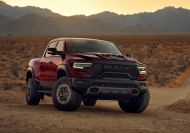
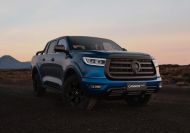
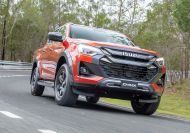

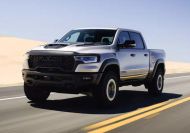
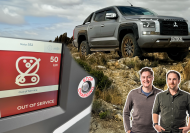
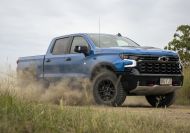
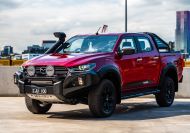
The vast majority of utes in Australia are diesel, so this might seem a moot point.
But there are petrol utes out there if that’s your desire - Toyota currently has a stranglehold on that market, but VW is going to sell a punchy turbo-petrol Amarok in the new-gen model, too. Can’t forget the twin-turbo V6 petrol in the Ranger Raptor, either.
So, diesels. They’re not all made equal, and bigger power and torque outputs don’t necessarily mean better driving characteristics.
You might be wowed by the LDV T60’s huge 160kW/500Nm outputs from its relatively small 2.0-litre turbo-diesel engine, but don’t be surprised when you drive a D-Max or BT-50 with a 3.0-litre diesel that they feel more refined, relaxed and less agricultural, despite maxxing out at 140kW/450Nm.
And yes, a V6 diesel engine with auto transmission is going to be the ultimate in easy going livability, it’s just a shame that you’ve got to spend so much more to have the option of choosing that sort of engine.

This could be the most timely consideration - many buyers are being told they will have to wait more than 12 months for their new work vehicle, and in some cases, the waits are even longer for specific variants.
If you are willing to think outside the box, and if you can deal without some of the bells and whistles that are so often attached to the ‘brag-factor’ variants in each respective ute range, then you could well find that a mid-spec model will be more readily available to get your hands on. You don’t hear of many people saying they’re desperate for a new HiLux SR, or Ranger XLS, for instance.









